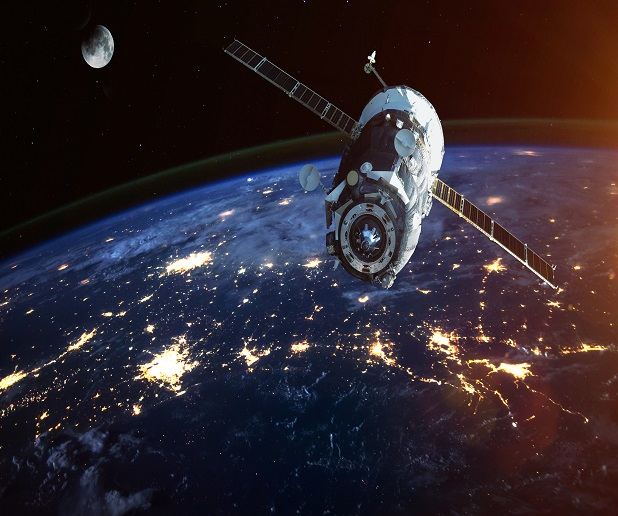Novel statistical learning methods to better analyse Earth observation satellite data
“Current approaches can’t deal efficiently with the particular characteristics of remote sensing data,” says Gustau Camps-Valls, coordinator of the EU-funded SEDAL(opens in new window) project and professor of electrical engineering at the University of Valencia(opens in new window). “This problem grows bigger with the operational Copernicus Sentinel services, and we now face an urgent need to process and understand huge amounts of complex, heterogeneous, multisource, structured data in monitoring the rapid changes already occurring on Earth.”
Algorithms and methods to improve modelling and understanding of Earth systems
Overall, SEDAL seeks to introduce the next generation of machine inference methods for EO data analysis. It will develop advanced regression methods to improve efficiency and prediction accuracy, properly quantify uncertainties, encode physical knowledge about the problem and attain self-explanatory models learned from empirical data. “However, better predictive models aren’t enough – we want to learn causal relations from EO data so we can compare current models to observations or test hypotheses,” explains Camps-Valls. “This is an exciting field that’s still in its infancy, but with new methods, and under some mild assumptions, we can discard false correlations and learn how the system is actually working and eventually changing.” To date, the SEDAL team has developed many new algorithms that incorporate prior knowledge and are consistent with the most fundamental laws of physics. These models improve predictions of crop yield, monitor the status of vegetation, atmosphere and water bodies, and better detect and characterise changes and anomalies, for example due to disturbances such as heatwaves and droughts. The models can now fuse information coming from different sensors and scale up to current Big Data scenarios. “Discovering causality from purely EO data is a more challenging and ambitious goal for which we have developed algorithms that could allow us to detect cause-effect relationships,” continues Camps-Valls.
Observational products for all
Several organisations, companies and users have shown interest in the tools developed by SEDAL. The University of Valencia has established close ties with the European Space Agency and the European Organisation for the Exploitation of Meteorological Satellites to make the most of SEDAL concepts and tools in improving Earth monitoring. The university has also implemented several methods in the Google Cloud Platform to upscale models efficiently. “From geographic and meteorological agencies to nongovernmental organisations, a much broader community will benefit from these developments,” adds Camps-Valls. “Higher accuracy in estimating key essential climate variables such as temperature, chlorophyll content, or soil moisture, more credible uncertainty estimations and errors, and more explanatory machine learning models are being used and adopted by this community.” “The long-term vision of SEDAL is tied to opening up new frontiers and fostering research towards algorithms capable of discovering knowledge from EO data, a stepping stone before the more ambitious long-term goal of machine reasoning of anthropogenic climate change,” concludes Camps-Valls.







